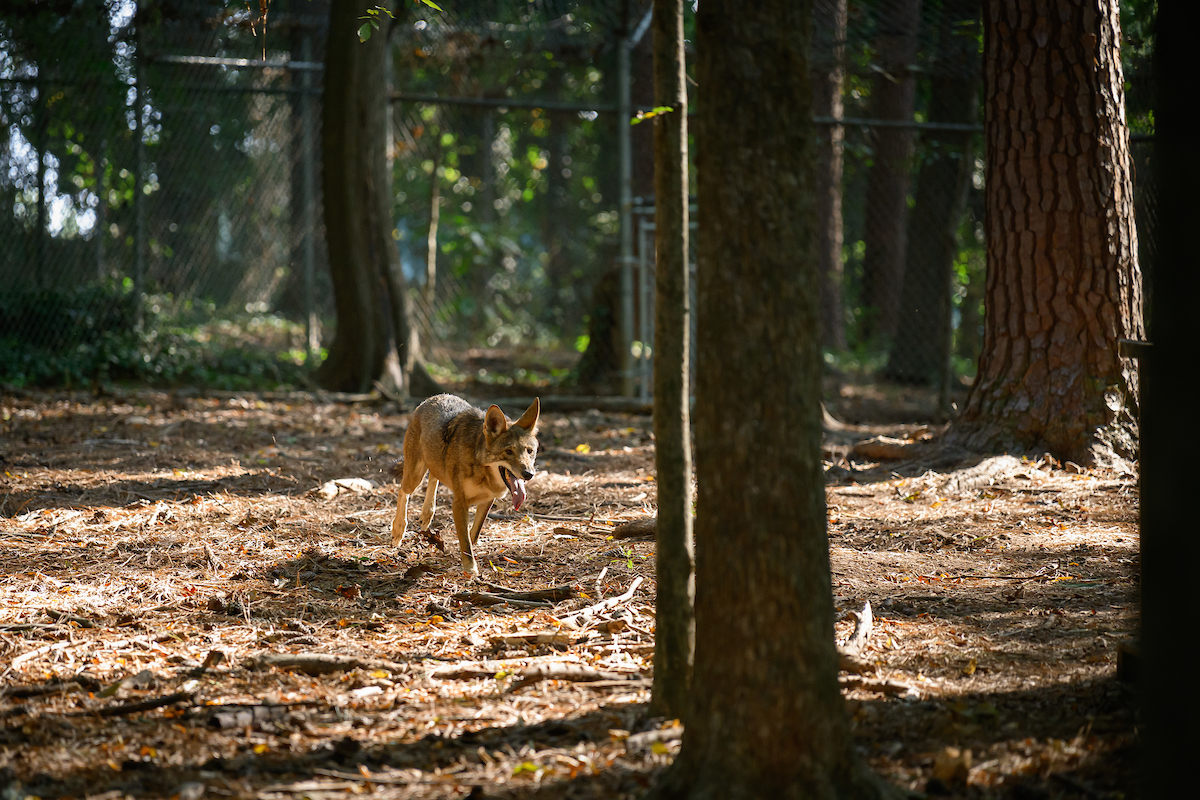- The collaborative effort between Carnivore Conservation Crew and institutional partners for red wolf conservation.
- The role of the Museum of Life and Science and NC State University in red wolf preservation.
- The importance of red wolves in ecosystem balance and their status as critically endangered.
- The strategies employed by zoos and the SAFE Program to support red wolf populations.
- Public engagement and education with organizations like zoos and aquariums in conservation efforts.
Red wolves are at the brink of extinction, making conservation initiatives indispensable. These efforts are spearheaded by passionate groups like the Carnivore Conservation Crew, supported by institutions such as the Museum of Life and Science and NC State University. As these organizations collaborate to support red wolf populations, their work becomes a testament to the critical need to preserve biodiversity.
The red wolf (Canis rufus) plays a pivotal role in maintaining ecological balance. As apex predators, they manage prey populations, promoting biodiversity. Today, their numbers have dwindled alarmingly due to habitat loss, hunting, and interbreeding with coyotes. Classified as critically endangered, fewer than 20 wolves remain in the wild.
Zoos and conservation programs, including the SAFE (Saving Animals From Extinction) initiative, are at the forefront of this conservation challenge. These organizations develop breeding programs to increase population numbers and conduct genetic studies to maintain diversity and health within their captive populations.
Collaborative efforts are crucial to the success of these endeavors. The Museum of Life and Science is deeply involved in public education, showcasing conservation techniques and fostering understanding of the red wolves’ plight. Similarly, NC State University contributes through research and active participation in the field. Their work provides valuable insights into wolf behavior and genetics.
Notably, public engagement is vital for successful conservation. Educating the public allows for greater awareness and support. Zoos and aquariums play a central role, serving as interactive platforms where people can learn about these majestic creatures. Through these interactions, the public gains a deeper appreciation for the intricate balance within ecosystems and the pressing necessity to maintain them.
The SAFE Program, spearheaded by the Association of Zoos and Aquariums, integrates science with active management strategies. It employs a science-based framework that guides institutions in achieving measurable conservation outcomes. This structured approach has been pivotal in red wolf recovery efforts, utilizing data collected from fieldwork and captive settings to inform decision-making and policy development.
Education extends beyond awareness; it encourages proactive participation. Visitors to zoos and conservation events are provided opportunities to support these initiatives through volunteer work or contributions, directly impacting conservation projects. Furthermore, conservation groups use media coverage, like segments on popular shows, to reach wider audiences, fostering a robust network of support.
The work undertaken by NC State University underscores the integration of academic research with practical conservation. Their involvement covers genetic diversity studies and behavioral research, crucial for understanding the dynamics of captive and wild populations. By contributing to breeding programs and habitat management, they facilitate population stability and growth.
Comprehensive conservation strategies address both immediate threats and long-term sustainability. This includes protecting habitats, reducing human-wildlife conflict, and engaging communities in conservation activities. The cooperation of local communities is essential, as it ensures the longevity of conservation efforts by incorporating the needs of both wildlife and people.
In summary, the collaborative endeavors between the Carnivore Conservation Crew, academic institutions, and public engagement initiatives are vital to the survival of the red wolf. The challenges are manifold, yet the commitment to preserving this species promises a glimpse of hope for the future. Through continued efforts and education, these majestic creatures may once again thrive, reminding us of the indispensable role they play in the tapestry of life.
*****
Source Description
WATCH NOW! As part of its coverage, this morning the @todayshow featured the work that @carnivoreconservationcrew and partner institutions like the @museumoflifeandscience do to try to preserve the critically endangered red wolf. 🐾
Watch the full segment to meet our new wolf and learn more about @ncstate’s role in the nationwide red wolf conservation efforts, led by the @zoos_aquariums and the SAFE Program using the 🔗 in @ncstatevetmed’s bio.

